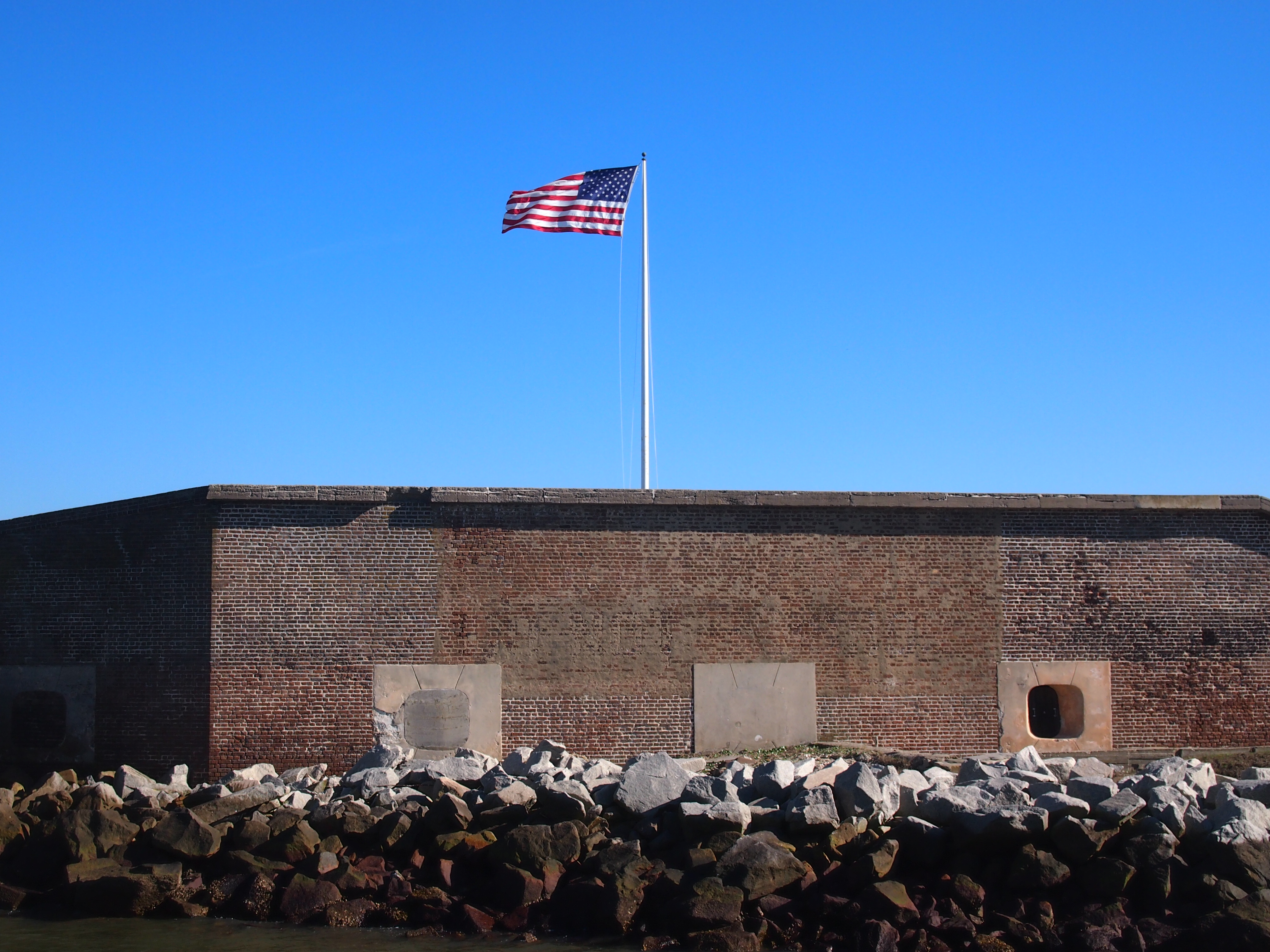It occurred to me today, before I went out on some errands and for no particular reason, that it was Flag Day. So I decided to take note driving along whether there seemed to be more American flags than usual flying in my slice of the northwestern suburbs. The answer: not that I could tell.
Adam Goodheart, writing in 2011 in the former NYT blog Disunion, wrote about the origin of the day, which falls on the anniversary of the adoption of the flag by the Second Continental Congress: “It was destined, eventually, to become the runty stepchild among American national holidays. One hundred and fifty years after its original creation, no one ever hosts a Flag Day cookout or sends a Flag Day greeting card. Nobody gets to take a long weekend from the office. Even the most customer-hungry car dealers don’t advertise Flag Day sales.
“…exactly 150 years ago after it was first celebrated [in Hartford, Conn.], almost no one seems to have noticed the anniversary. Google searches for ‘sesquicentennial of Flag Day’ and similar phrases yield exactly zero hits.”
The day might not have endured as much more than text on calendars, but reverence for the flag has very much endured. I didn’t see no U.S. flags during my drive today, just flags where they usually are, which is a lot of places.
“Before 1861, the American flag had served mostly as a military ensign or a convenient marking of American territory, flown from forts, embassies and ships, and displayed on special occasions like the Fourth of July,” wrote Goodheart. “But after the Southern states began to secede — and the Union garrison at Fort Sumter took its stand as a lone bastion of resistance — the Stars and Stripes began to fly, as it still does today, from houses, from storefronts, from churches; above village greens and college quadrangles.”
(And at Ft. Sumter to this day.)
 “The adulation of the national banner hardly diminished during the years that followed… As for Flag Day, it seems to have remained a largely local observance during the Civil War and Reconstruction years, despite occasional efforts in Congress… to have it declared a national holiday. Official federal recognition came only in 1916.
“The adulation of the national banner hardly diminished during the years that followed… As for Flag Day, it seems to have remained a largely local observance during the Civil War and Reconstruction years, despite occasional efforts in Congress… to have it declared a national holiday. Official federal recognition came only in 1916.
“The holiday’s popularity seems to have crested in the period of the two world wars and the early cold war. Then, for the 1960s generation, it became more or less the epitome of square: a vaguely embarrassing grade-school memory to be filed alongside duck-and-cover drills and mandatory prayers.
“Flag Day never regained much of its former cachet in the decades that followed. And yet, holiday or no holiday, this June 14 — as on all other days of the year — the American flag remains as ubiquitous and as venerated as the most pious citizen of Hartford could have wished in 1861.”